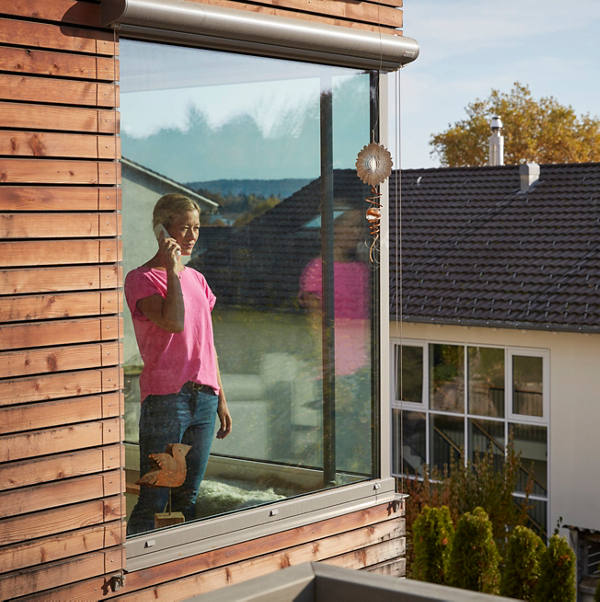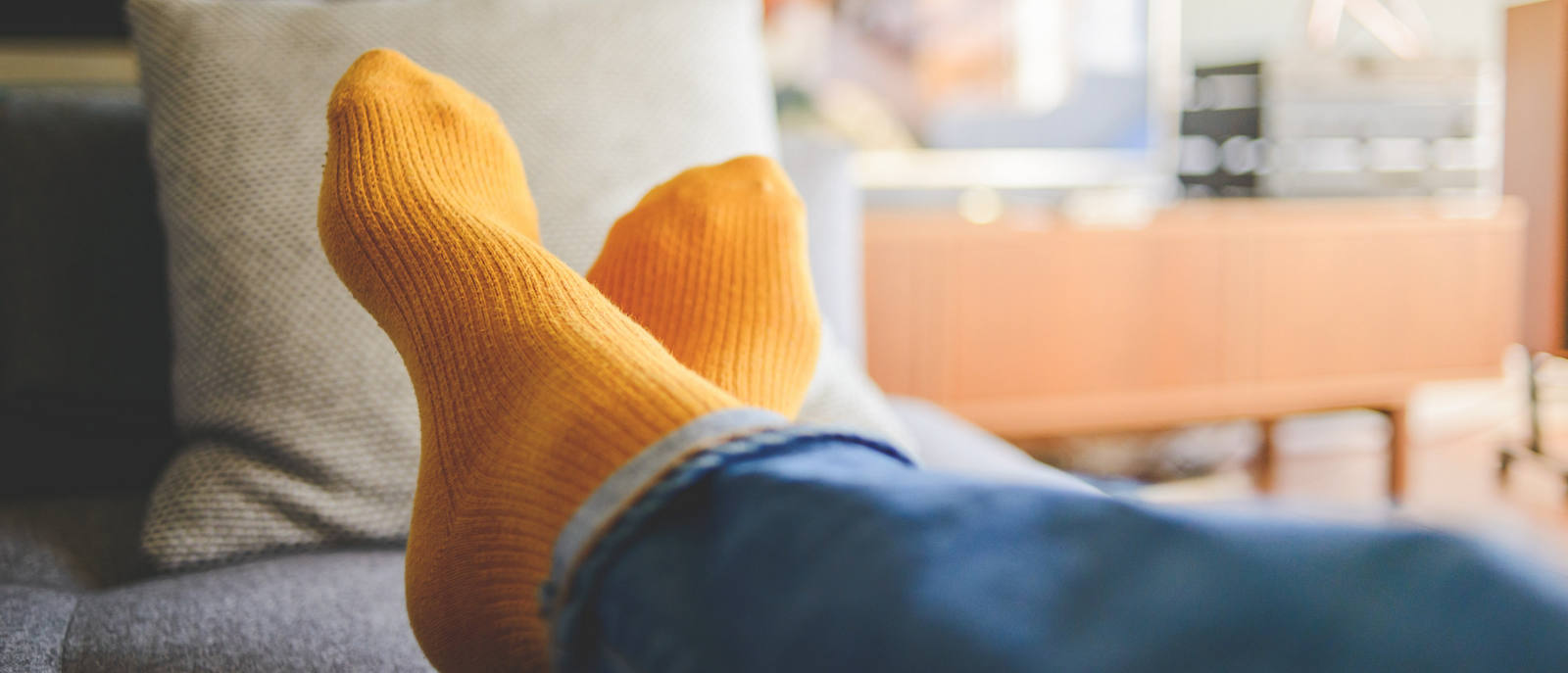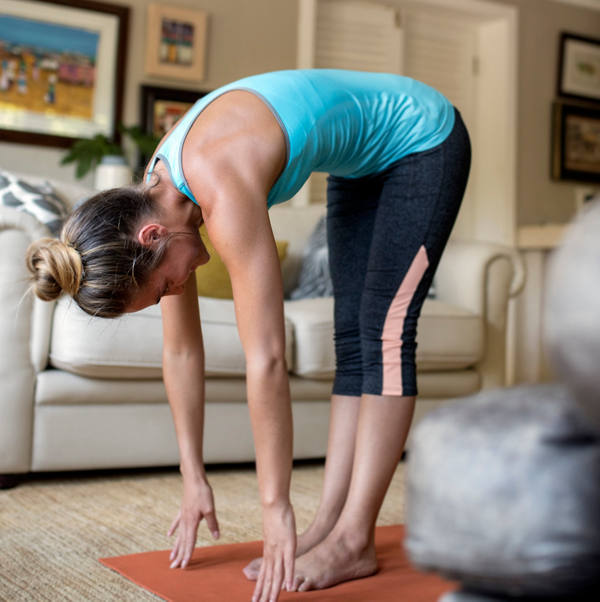
Swollen legs in the evening: remedies

Water retention in the feet is an unpleasant and painful feeling. But much can be achieved with little effort. Insider tips include Kneipp therapy, regular exercise – and also diet.
How do swollen legs occur?
People who sit or stand a lot are more likely to accumulate water in their legs and feet. High temperatures in summer, tight-fitting clothing and uncomfortable shoes don’t help, either. The phenomenon is particularly common among older people who no longer move much. Swollen legs tend to be worst in the evening, after being under strain all day.
What can be done about swollen feet and legs?
When water accumulates in the feet or legs in the evening, it is usually a sign of insufficient exercise. A walk around the neighbourhood or a short climb up the stairs does your body a lot of good. Cycling and swimming are also highly recommended as they ease blockages.
Avoid sitting or standing for hours – and stretch your legs now and again. If symptoms are acute, elevating your legs will help the water flow back into the body. And avoid wearing tight-fitting trousers or socks as they only add to the problem.
Stimulate circulation: Kneipp therapy and physical exercises
The best thing for people who often suffer from swollen legs in the evening is to take preventive action during the day. Alternating showers and Kneipp baths stimulate blood circulation, as does treading in ice water. If you can only practise Kneipp therapy in your bathroom at home, try the simple knee shower: run the jet of water three times from the little toe to the back of the knee and back. This makes the veins contract, the blood can circulate freely and oedema is less likely to form.
3 exercises for swollen legs
Household remedies for swollen legs
Natural remedies exist that counteract swelling and water retention.
-
Walk barefoot as often as possible. This activates your muscles and reduces water retention.
-
Chestnuts have both a draining effect and also strengthen the veins. Vein gels are available that contain fresh horse chestnut seeds.
-
A foot bath with sodium bicarbonate or Epsom salt also helps with swollen legs.
-
Apple cider vinegar contains potassium – the mineral that regulates our water balance. Drink a teaspoon once or twice a day.
-
In the evening, hold your legs up, shake them and stroke them with your hands in the direction of your heart.
Important: if other parts of your body are swollen, or the swelling is long-lasting or painful, it's advisable to see a doctor.
Nutrition for water retention: eat a low-salt diet
Because salt binds the fluid in the body, people with oedema should consume as little salt as possible. It is also counterproductive to drink less water during the day. Alcohol should also be avoided.
By contrast, taking plenty of magnesium is good as this helps the body discharge excess water. Magnesium is found in nuts and whole grain foods, for example. Foods that contain a lot of water themselves – and thus help to flush the body – are also beneficial. These include cucumbers, water melons and pumpkins. Also helpful is to drink a diuretic tea, such as nettle, peppermint or juniper.


